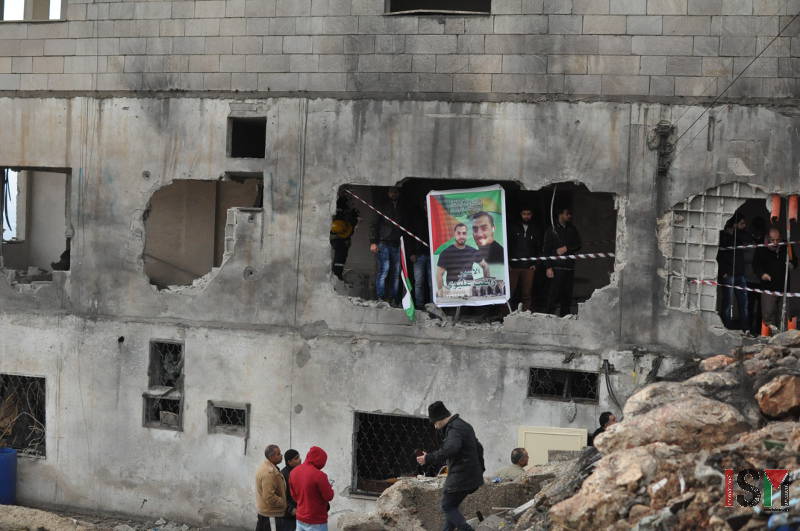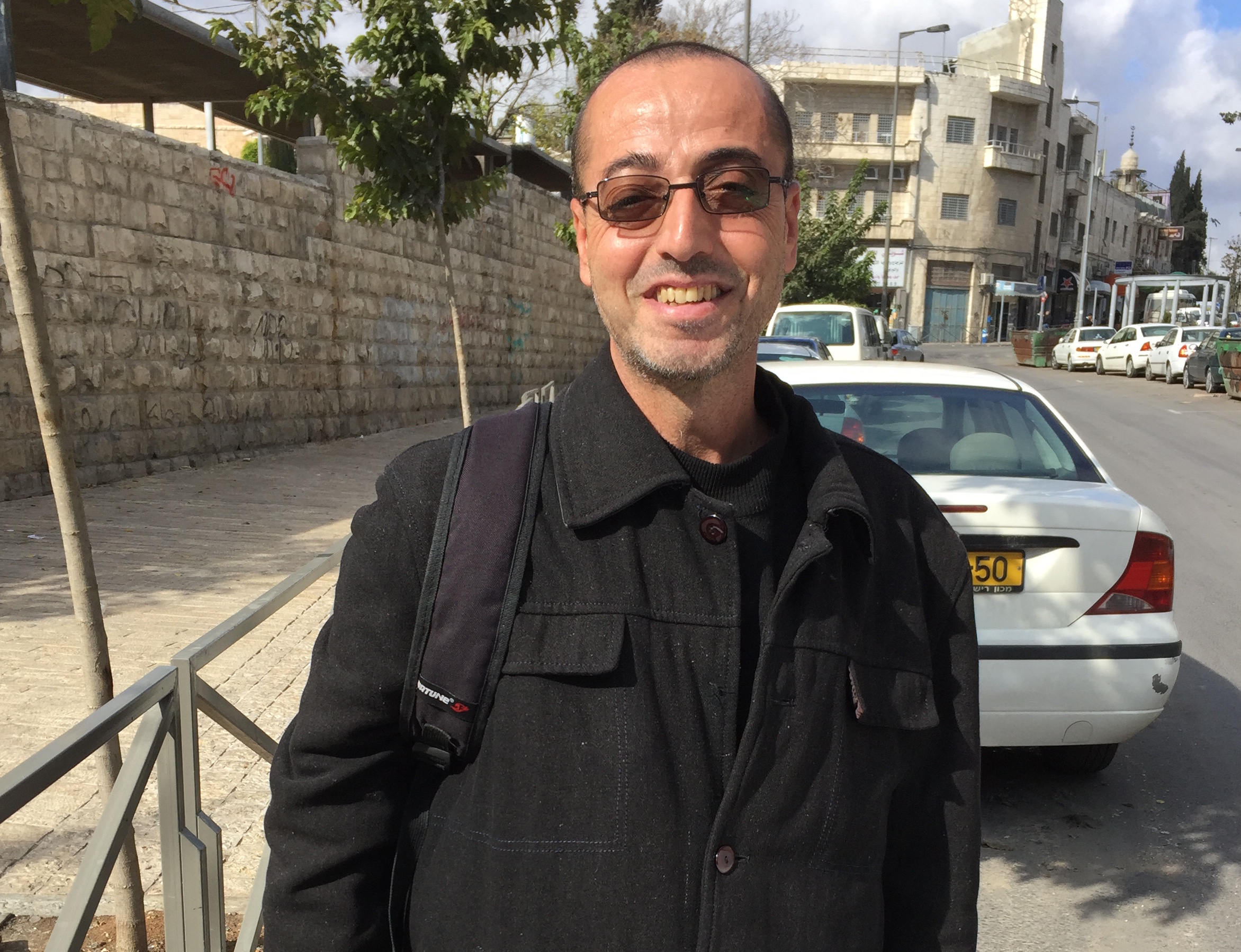Category: Features
-
Home of Raghib Elawi demolished in Nablus, damaging surroundings severely
December 3rd, 2015 | International Solidarity Movement, Huwwara team | Nablus, occupied Palestine Wednesday night, at 1 am, Israeli forces came to the neighborhood of Dahia, in Nablus, to demolish the house of the family of Raghib Elawi, who was accused of participating in the Itamar killings a month ago. Local witnesses say that around…
-
Increasing collective punishment in occupied al-Khalil (Hebron)
3rd of December 2015 | International Solidarity Movement, al-Khalil team | Hebron, occupied Palestine Israeli forces closed the al-Hareka neighbourhood putting up new roadblocks and completely closing off a whole neighbourhood in occupied al-Khalil (Hebron). The neighbourhood’s access to the main street has been blocked off with an iron gate for a long time already. Recently,…



